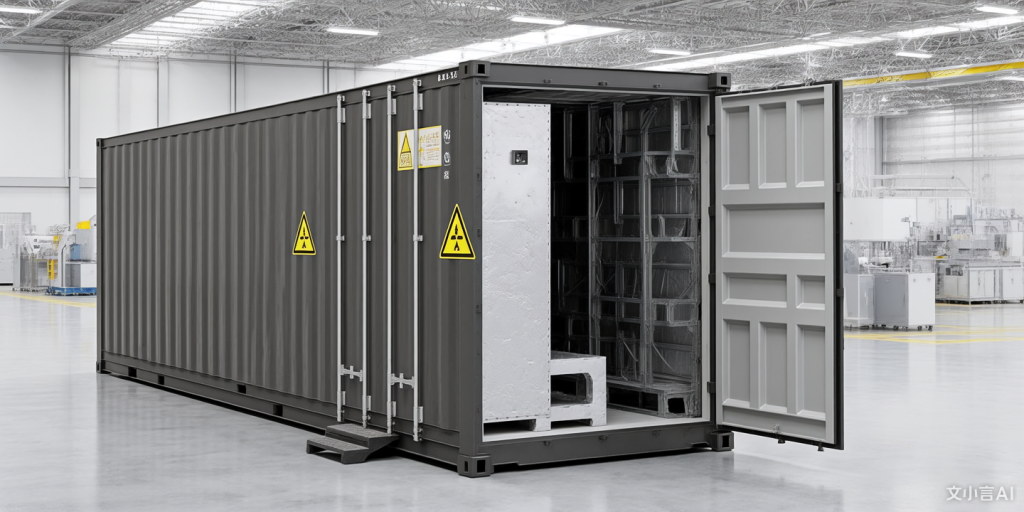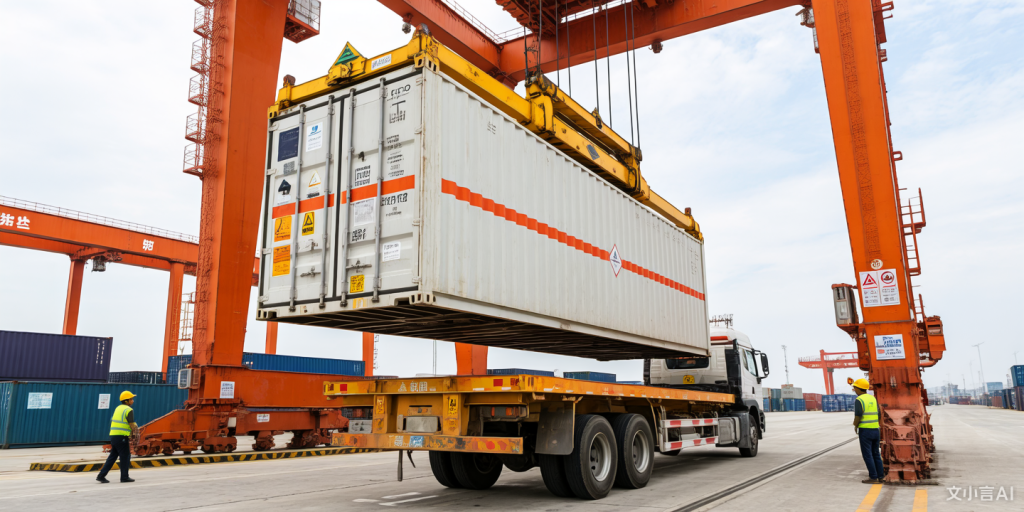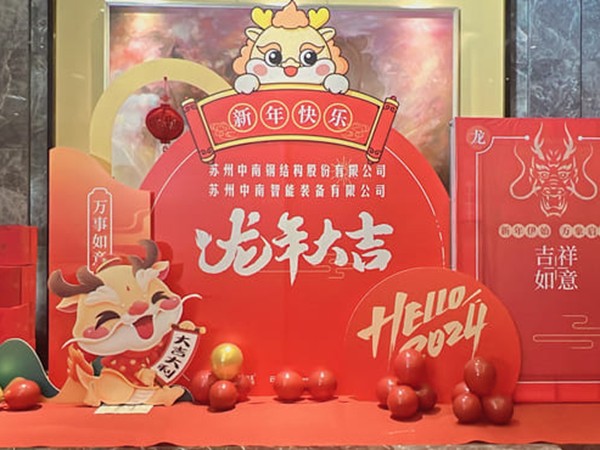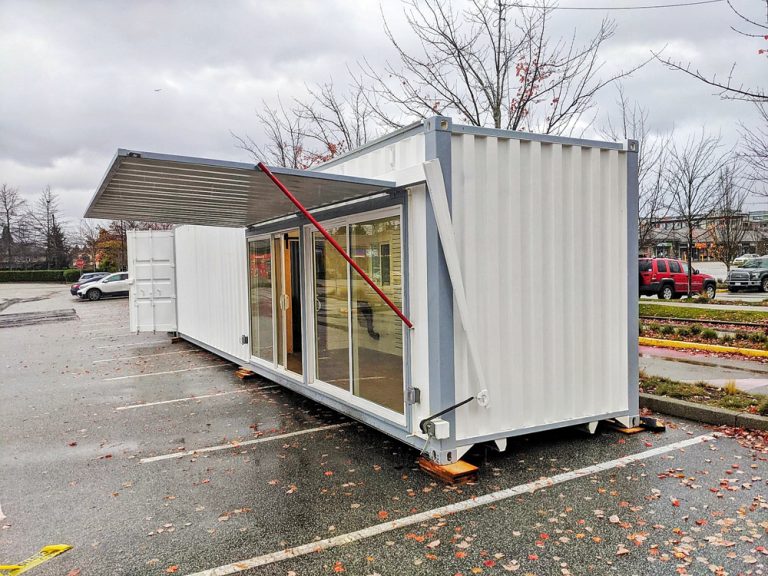What is a hazmat container?
A hazmat container is a special container or tank. It is used to store or move dangerous materials safely. These materials include chemicals, gases, or waste that can harm people or nature. Hazmat containers are very important for keeping things safe and following rules in many industries. The worldwide hazmat packaging market was worth $11.62 billion in 2022. It is predicted to grow by 7.24% every year from 2023 to 2032.
Hazmat containers are built to follow strict safety rules. Groups like the Department of Transportation (DOT) and the Environmental Protection Agency (EPA) set rules.

Safety Features of Hazmat Containers
(1)Leak-Proof and Spill Containment Features
Tight lids and gaskets
Tight lids and gaskets stop leaks and spills effectively. They form a strong seal to keep dangerous materials inside. This protects workers and nature from harmful exposure. Many hazmat containers use advanced seals to meet safety rules.
Built-in spill trays
Built-in spill trays catch leaks before they spread. MEOX Hazmat Storage Container has a steel floor. This reduces environmental harm and makes cleanup easier. Spill trays are great for industries handling leaky liquids.
(2)Durability and Resistance
Strong materials for impact
Hazmat containers are made to handle tough situations. Strong materials protect contents during accidents or transport. Fiberglass-reinforced plastic is one example of a durable material. It prevents cracks or holes, keeping dangerous items safe.
Coatings to stop rust
Rust-proof coatings make hazmat containers last longer. We can provide various grades of container coatings, ranging from C3 to C5. They have passed tests for salt spray resistance, weather resistance, acid resistance, and alkali resistance, offering outstanding long-term protection for hazmat containers. The coating lasts over 15 years, even in harsh conditions.
(3)Ventilation and Temperature Control
Insulation for sensitive items
Insulation keeps materials safe from temperature changes. The 20ft Hazmat Storage Container uses R-13 insulation to keep a steady climate. This stops chemicals and other items from breaking down in extreme heat or cold.
Vents for better airflow
Vents improve air movement inside hazmat containers. They stop harmful fumes from building up, making storage safer. These vents are perfect for industries using dangerous gases.
(4)Labeling and Identification
Clear hazard markings
Clear hazard markings are key for handling dangerous materials safely. They show important details about what is inside the container. This helps you quickly spot any risks. Groups like the United Nations (UN) require these markings to meet safety rules.
| Requirement | Description |
| UN Performance Oriented Packaging | Hazmat packaging must follow UN rules, marked by the maker. |
| Markings and Labels | Must include UN numbers and hazard symbols. |
| Color-Coded Labels | Colors show main and extra hazards clearly. |
Color-coded systems
Color-coded systems make hazard markings easier to understand. Each color stands for a specific danger, like red for flammable items or yellow for oxidizers. This system helps you spot risks quickly, even in emergencies.
Using color-coded labels improves communication among workers. It is especially helpful in places with many hazardous materials. These systems also help emergency teams act fast, reducing harm during accidents.

Types of Hazmat Containers
What dangerous materials can be contained in hazmat containers? Dangerous materials are sorted into nine groups based on their risks. These groups include flammable liquids, corrosive items, and radioactive materials. Hazmat containers are made to handle these dangers. They keep materials safe during storage and transport.
| Packaging Type | Description |
| Bulk Packaging | Used for large shipments over 119 gallons. |
| Non-Bulk Packaging | Used for smaller shipments under 119 gallons. |
| Exception Packaging | Used for small shipments in Limited Quantity categories. |
Hazmat containers come in different shapes and sizes. Each type is made of specific dangerous materials. Knowing these types helps you pick the right one.
(1)Radiation Shielding Containers
Radiation shielding containers are used for radioactive materials. They are made with heavy materials like lead or concrete. These materials block harmful radiation from escaping. Industries like nuclear energy, healthcare, and research use them. For example, hospitals store radioactive isotopes for imaging in these containers. Their design keeps workers and the environment safe.
When picking a radiation shielding container, check its details. Look for strong walls and secure locks to prevent leaks. Labels are very important too. They help people know what is inside and follow safety rules.
(2)Corrosion-Resistant Containers
Corrosion-resistant containers hold materials that cause rust or damage. They are made from stainless steel, fiberglass, or coated materials. These containers are used in industries with acids or corrosive chemicals.
Using these containers lowers the chance of leaks and lasts longer. For example, they are great for storing industrial chemicals or waste. Always check these containers often. This ensures they stay strong and protect their contents well.
(3)Hazmat Storage Container
The hazmat storage container is very safe. Its walls and ceiling are made of strong fiberglass-reinforced plastic. It has two roll-up doors for easy access and security. The steel floor has a tray to stop spills.
This container also controls temperature. R-13 insulation keeps it stable, and vents improve airflow. You can add electrical features for explosive materials. These features make it useful for chemicals, medicine, and emergencies.
(4)Hazmat Shipping Container
Hazmat shipping containers move dangerous materials over long distances. They follow strict safety rules to prevent accidents. Features like leak-proof seals and pressure valves make them reliable. These containers are used in industries like manufacturing and healthcare. For example, they carry flammable liquids or toxic gases safely.

Common Uses Across Industries
Hazmat containers are very important in many industries. They help safely handle, store, and move dangerous materials. Each industry has different needs, and these containers are made to meet them.
(1)Chemical and Manufacturing Industries
Moving Raw Materials
In chemical and manufacturing work, moving raw materials safely is key. Many of these materials can burn, corrode, or poison, so special containers are needed. Hazmat containers with strong coatings and tight seals are used for this.
Keeping Hazardous Byproducts Safe
Making products often creates dangerous leftovers. These need safe storage to avoid harming the environment. Hazmat containers for byproducts help companies follow strict safety rules.
(2)Healthcare and Pharmaceuticals
Managing Medical Waste
Hospitals and clinics make a lot of medical waste. This includes needles, old medicine, and dirty items. Hazmat containers keep this waste safe, protecting workers and nature.
Storing Important Chemicals
Medicines often need special chemicals stored carefully. Hazmat containers with cooling and air systems are best for this.
FAQ
(1)What are hazmat cabinets used for?
Hazmat cabinets are used to store dangerous goods in a place with a smaller capacity than hazmat shipping containers.
(2)What are the common hazardous material types that can be stored in hazmat cabinets?
Hazmat cabinets can store dangerous goods like corrosive substances, flammable liquids, and toxic chemicals.
(3)Are hazmat cabinets compliant with international industry standards?
Yes, hazmat cabinets are designed to be compliant with international industry standards on handling dangerous goods and similar items.
MEOX Hazmat Storage Container | Dangerous Material Shipping Container
MEOX offers custom hazmat containers for sale. Our team has been building hazmat containers for over 17 years constantly improving the quality. We have developed various hazmat containers for clients in different fields.






